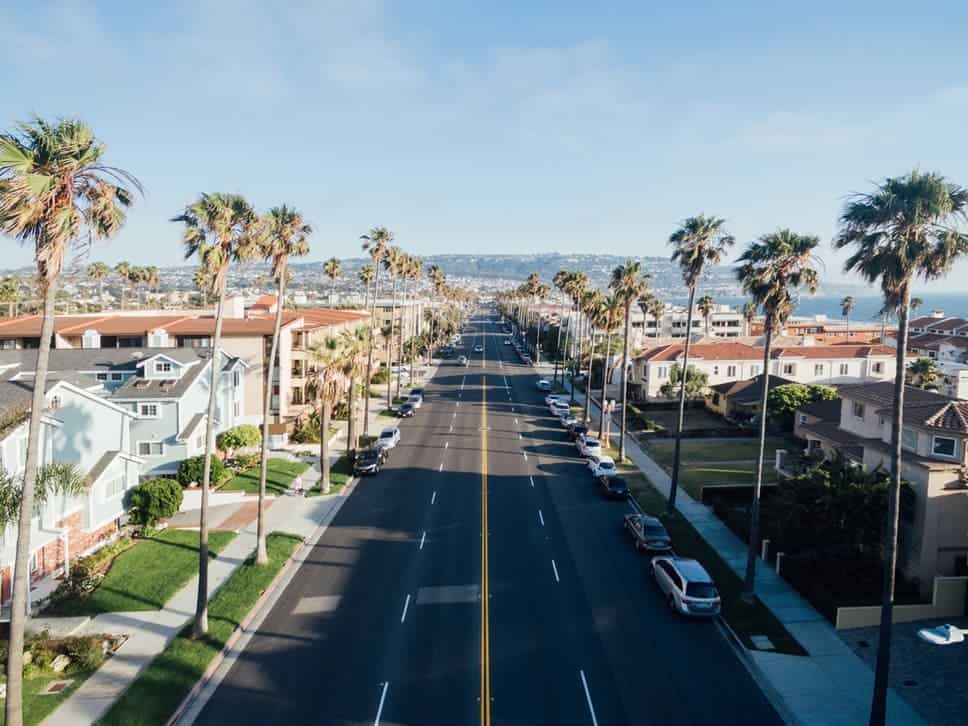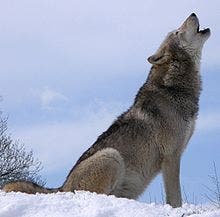
Social distancing and stay-at-home orders not only avert fatalities due to COVID-19 but also many others that would have otherwise occurred due to human activity. This includes work-related incidences and car accidents. In the Golden State, there have been 60% fewer motor-vehicle accidents compared to pre-lockdown year-to-year figures, resulting in $1 billion in savings.
Savings of $40 million a day
The results were recently shared by a team of researchers at the University of California Davis, who tapped into data from the California Highway Patrol. The reports on the number of motorway incidences were compared to data from the Federal Highway Administration in order to estimate savings associated with averted property damage, treatment of injuries, emergency room interventions, and lost productivity at work, among other costs.
Traffic has plummeted in California as the state is under quarantine with residents allowed to go outside solely for essential matters such as going to work or procuring food.
The data suggest that traffic volumes were down 55% for some highways compared to business as usual before the quarantine in California. Between March 21 and April 11, the average daily number of traffic collisions was down to 450, compared to 1,128 during the same period in 2019.
As a result, there have been 40% fewer vehicle crash-related injuries reported by hospitals in the Sacramento area. Pedestrians and bicyclists saw the greatest reduction in traumatic injuries with figures showing 50% less such incidences compared to 2019.
Besides savings for the state coffers, this dramatic drop in crashes around the US has allowed insurance companies to draw billions in additional profits as they had to pay fewer claims.
While the savings associated with averted costs associated with motor vehicle crashes can’t make up for the millions of lost jobs and drop in economic activity, they at least paint a positive side to the pandemic.
There has never been such a dramatic change in vehicle movement in the modern history of transportation in the United States.






